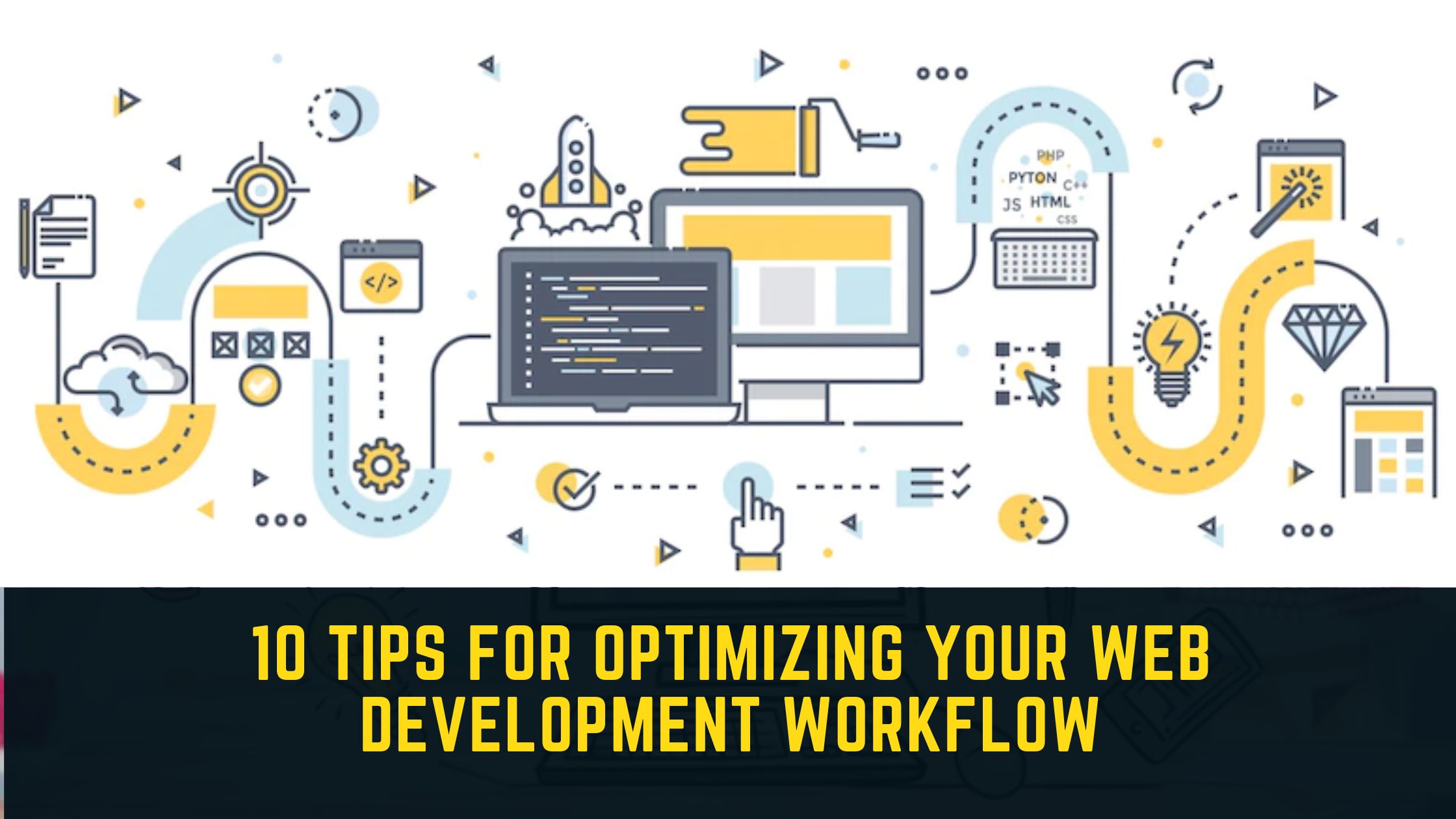The best web developers are always looking to improve their processes. With technology changing so quickly, you need to stay on top of all the tools and software available to you in order to remain productive and successful at your job.
If you want your clients to stick with you, it’s important that they’re satisfied with the results of your work, and an efficient workflow can be the difference between falling behind or staying ahead of the competition.
Use these 10 tips as recommended by a professional web development company to help optimize your web development workflow in 2022 and beyond!
1) Follow the coding standard
When it comes to coding standards, there are generally two types: those that are set by an organization or company, and those that are set by the developer themselves. Adhering to coding standards can help make your code more readable and maintainable, and can also make it easier to work with others on a project.
Find out what type of coding standard is most commonly used in your industry, and follow it religiously! You’ll be glad you did!
2) Use plugins carefully if you are working on a WordPress website
Every plugin you use on your WordPress website adds another layer of code that needs to be processed by the browser. This can slow down your website, so it’s important to only use the plugins you absolutely need.
If there are multiple plugins that offer similar functionality, compare them and choose the one that is most lightweight. Once you have installed a plugin, monitor its performance and get rid of it if it’s causing problems.
3) Automate
One of the most important things you can do to optimize your web development workflow is to automate as much as possible. This means automating tasks like code minification, compiling Sass or Less files, running tests, and so on. By automating these tasks, you can save yourself a lot of time and effort, and focus on more important things.
4) Minimize the number of plugins used
In general, the fewer plugins you use, the better. Each plugin adds code to your site, which can slow things down. And if a plugin is poorly coded, it can cause even more problems. So only use plugins that you absolutely need, and be sure to keep them up to date.
5) Use naming conventions (short names, long names)
Develop a consistent naming convention for your files and folders. This will make it easier to find what you need when you’re working on a project.
Use abbreviations and acronyms sparingly. While they may save you some time in the short run, they can make your code more difficult to read and understand.
Write descriptive comments in your code. This will help you or someone else who is reading your code to understand what it does. Also, use a code editor that has syntax highlighting. This will help you spot errors in your code more easily.
6) Strive for readability (comments, indentation, spacing)
It can be tempting to write code as quickly as possible without taking the time to make it readable. However, taking a few extra minutes to format your code correctly can save you time in the long run.
Not only will it be easier for you to read and understand your own code, but it will also be easier for others who may need to work on your project.
The best way to add comments to your code is with a //. Anything written after that symbol won’t be compiled. You can also use /* to open a comment block and */ to close it. You should always comment functions or variables that aren’t self-explanatory so that others know what they do and when they are called/assigned.
7) Avoid reinventing the wheel
Take some time to study other web development projects, both those that are similar to the one you’re working on and those that are completely different. By understanding how other developers have tackled similar problems, you can learn new techniques and approaches that you can apply to your own work efficiently.
8) Keep it simple – KISS Principle
The KISS principle (Keep it simple, stupid) is a design principle that states that simplicity should be a key goal in design, and that unnecessary complexity should be avoided. When it comes to web development, this principle can be applied in a number of ways.
One way is by being aware of when you are using multiple different frameworks or libraries for your project. Many developers fall into the trap of using more than one framework or library for their project because they want to use the most cutting-edge technology, but this approach usually leads to an over-complicated codebase with increased maintenance costs.
9) Name files carefully
When it comes to web development, file organization is key. If your files are a mess, your workflow will be a mess. So take some time to name your files carefully and put them in folders that make sense. This will save you a lot of time and frustration down the road.
10) Learn from Other Projects
As a web developer, you can learn a lot from studying other people’s work. Not only can you find inspiration for your own projects, but you can also learn new techniques and tips that you can incorporate into your workflow.
With that, we’ll bring this post to an end. Wish you the very best for your ongoing web design project.




